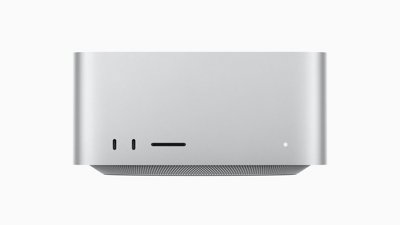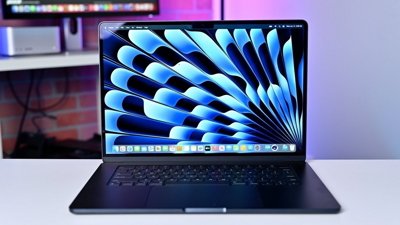Apple first brought the M4 chip to light in May 2024, a mere seven months after Apple introduced the M3 generation. Unlike the M3 introduction, Apple only launched one chip, the M4, instead of bringing out the M4 Pro or M4 Pro Max at the same time.
The launch was very unusual for Apple, since it did so without involving any Mac products at all. Instead of some entry-level Mac or MacBook variants, Apple brought M4 out in a new iPad Pro generation.
The short timespan between the introduction of the M3 and the M4 generations pales in comparison to the gaps between previous generations. The M3 was brought out 1 year and 4 months after M2, and M2 came out 1 year and 7 months after M1.
Such a short timespan suggested that Apple could push forward onto the M4 generation instead of dwelling on the M3 at all. However, the M3 Ultra arrived in March as a higher tier from the M4 Max in Mac Studio.
M4
The M4 follows after the M3 in being made using a 3-nanometer process, via chip partner TSMC. This means it has the same die shrink benefits as the M3, including inherent speed and efficiency improvements over the earlier M2.
Apple introduced M4 in the iPad Pro, but it has brought it to the Mac lineup since.
The following Macs use M4:
CPU Changes
There's a new CPU structure at play for the base chip. While previously the M3 had eight cores, split into four performance and four efficiency cores, the M4 increases the count to 10.
This time, M4 uses four performance cores and six efficiency cores. The new CPU cores also have improved branch prediction, as well as enhanced ML accelerators.
The performance cores also have wider decode and execution engines. The efficiency cores benefit from a deeper execution engine.
There's no direct way to compare against the M3 chip in benchmarks at the moment, since Apple doesn't have M4 Macs or M3 iPad Pro models.
Apple did compare it against the M2 iPad Pro in its literature, including a claim of up to 1.5 times faster CPU performance.
GPU Changes
The M4's GPU starts off as a 10-core element. However, we don't know if other counts exist, like the 8-core and 10-core variants of the M3.
Included technology in the GPU ranges from hardware-accelerated ray tracing and mesh shading to Dynamic Caching. The latter can allocate local memory use in real-time so it can only use the exact amount of memory required for a task.
This can increase the average utilization of the GPU, therefore improving performance.
Again, because of a lack of a direct comparison with M3, Apple says the M4 in the iPad Pro is four times faster than the M2 equivalent.
Neural Engine
With the prospect of Apple Intelligence on the horizon, Apple is keen to ensure its computing devices are capable of using it. In the case of the M4 chip, it put a lot of work into the Neural Engine.
Continuing to be a 16-core chip, the Neural Engine has been beefed up in the M4. While the M3 version was capable of over 18 trillion operations per second, the M4's version boasts 38 trillion operations per second.
Media Engine
The Media Engine is the hardware-accelerated encoding and decoding elements, made for video.
Much like the M3 version, it can support ProRes and ProRes RAW, HEVC, and H.265, as well as AV1 decodes. Dedicated video encode and decode engines are included for ProRes footage.
Benchmarks against M3
Since Apple didn't make an M3 iPad Pro nor released an M4 Mac, we have to rely on benchmarks like Geekbench for comparisons with M3. Its benchmarks follow the same tests across multiple platforms, and are calibrated to the same baseline Intel chip.
When taking the highest scores for each of M3, M3 Pro, M3 Max, and M4 from Geekbench's listings, the M4 leads on the single-core table by a long way. At 3,682, the M4 is impressive when put against the M3 Max, M3 Pro, and M3 chips of the previous generation.
M4 Pro
As with Apple's previous M-series processors, the M4 Pro takes the base chip and doubles nearly every metric. It was introduced in the MacBook Pro lineup in 2024.
M4 Pro has a 14-core CPU consisting of up to 10 performance cores and four efficiency cores. The GPU has up to 20 cores, making it twice as fast as M4.
It can be configured with up to 64GB of RAM and includes Thunderbolt 5 support. It is offered in the MacBook Pro and Mac mini.
M4 Max
M4 Max steps up the performance even further. It has an up to 16-core CPU, an up to 40-core GPU, and can be configured with 128GB of RAM.
It is available in Mac Studio and MacBook Pro.
M4 Ultra
Apple released the M3 Ultra in the Mac Studio after the M4 Max, so there's a possibility that M4 Ultra may not happen. Apple reinforced this by stating that not every M-series chip will get an Ultra.
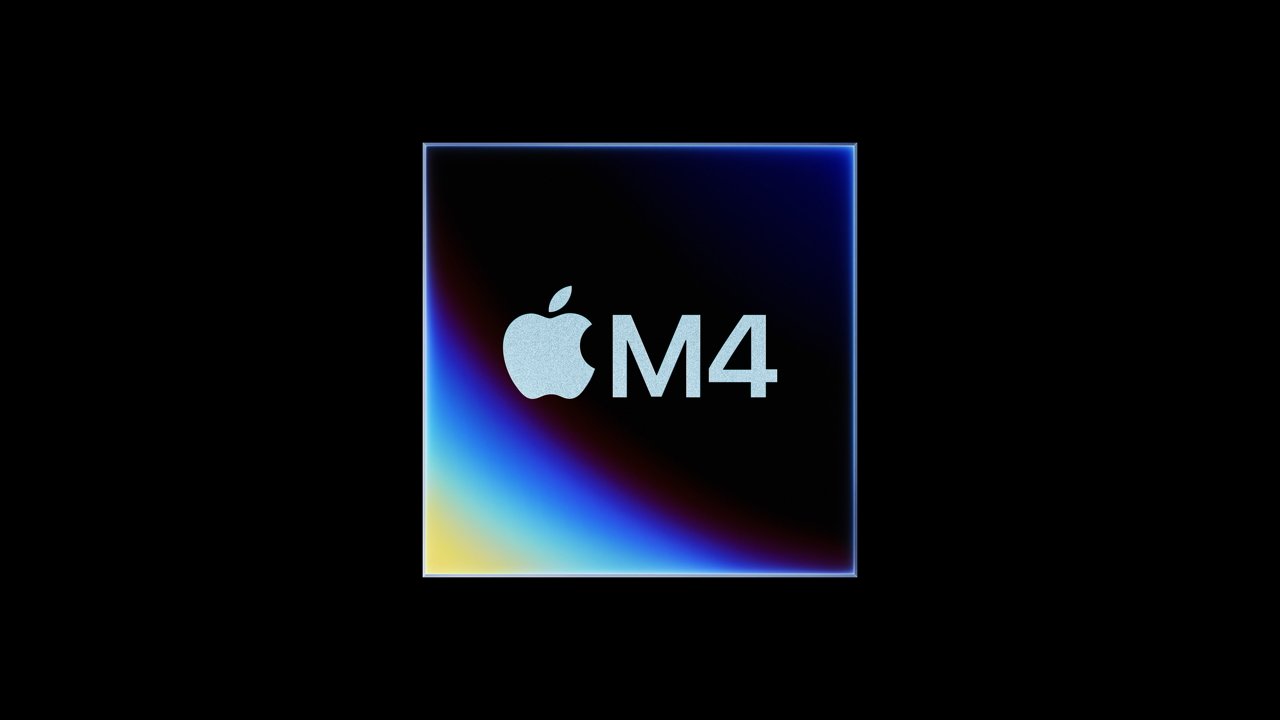
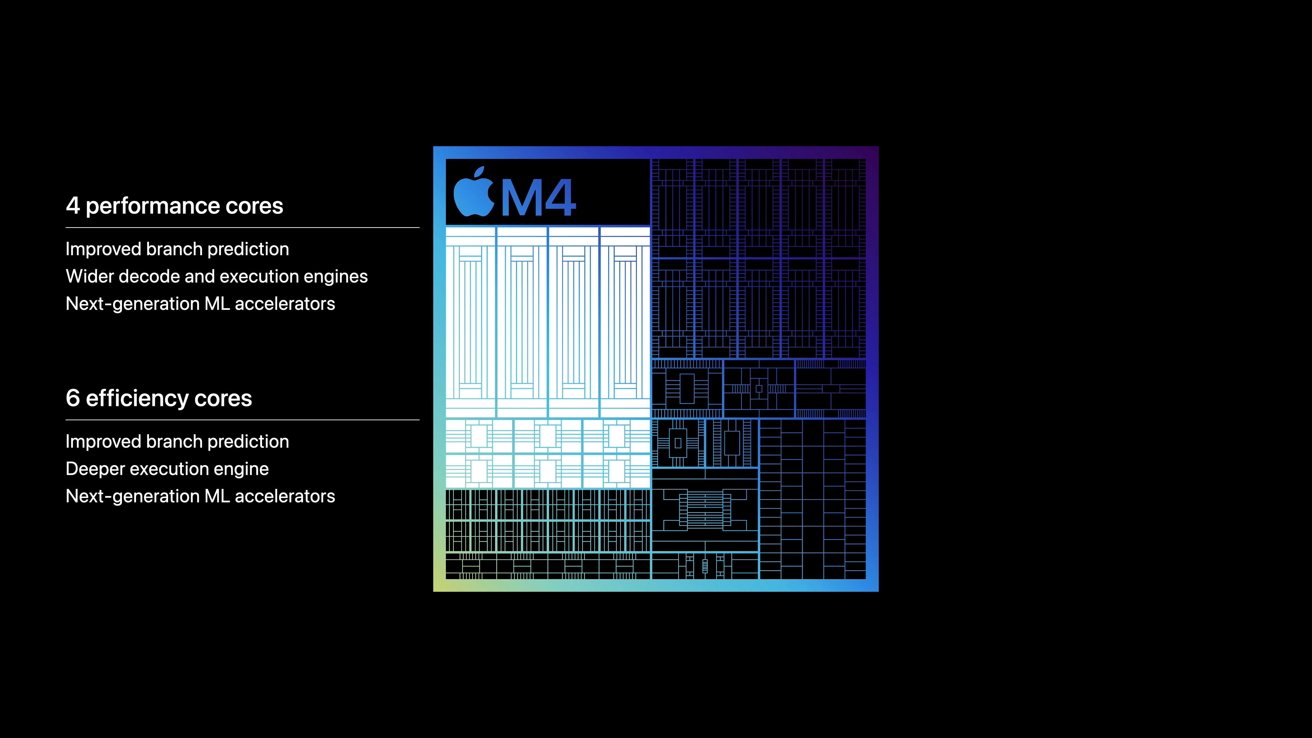
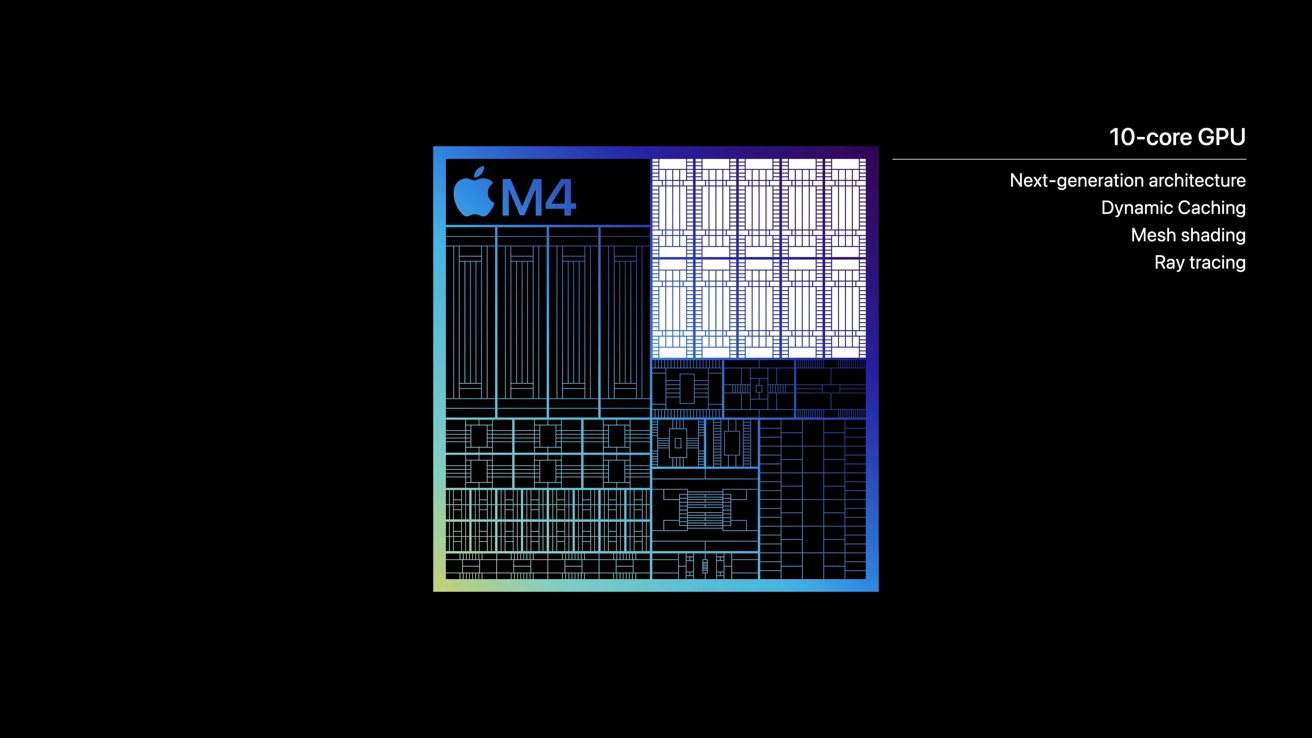
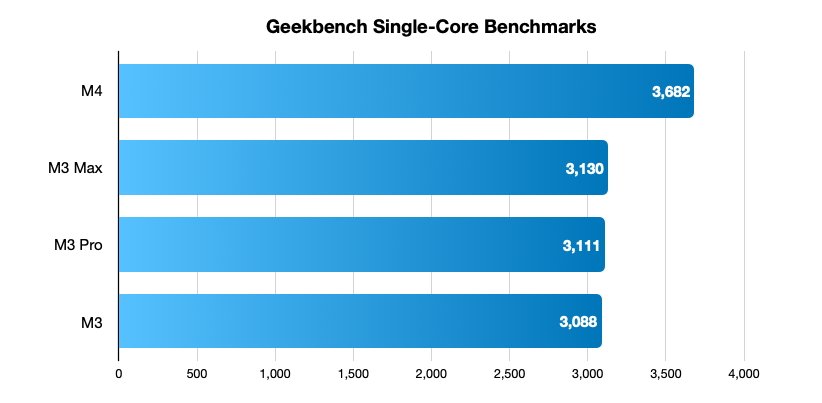

 Malcolm Owen
Malcolm Owen
 William Gallagher
William Gallagher
 Andrew Orr
Andrew Orr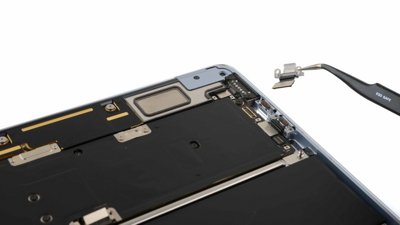
 Marko Zivkovic
Marko Zivkovic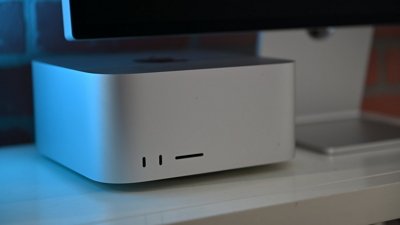
 Wesley Hilliard
Wesley Hilliard

